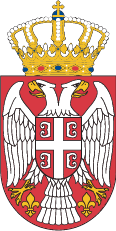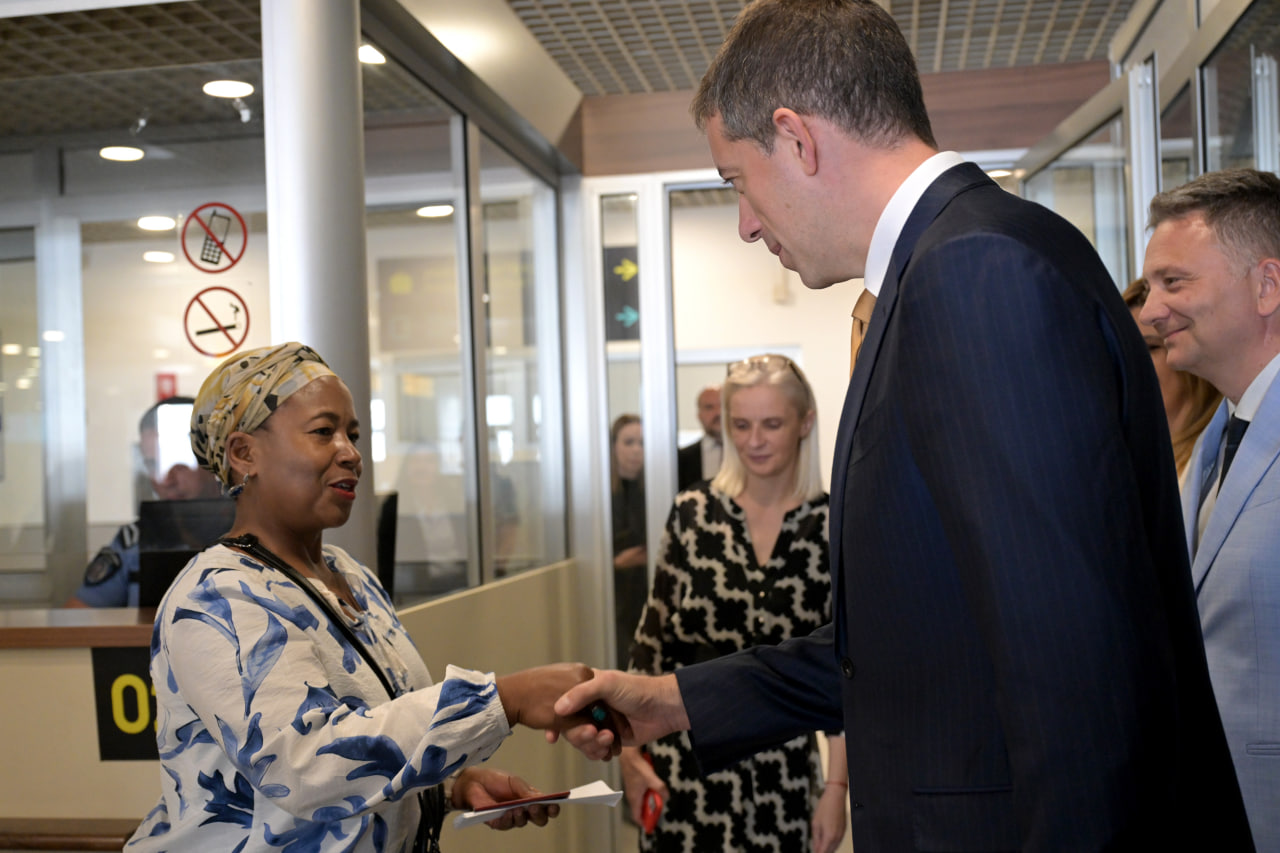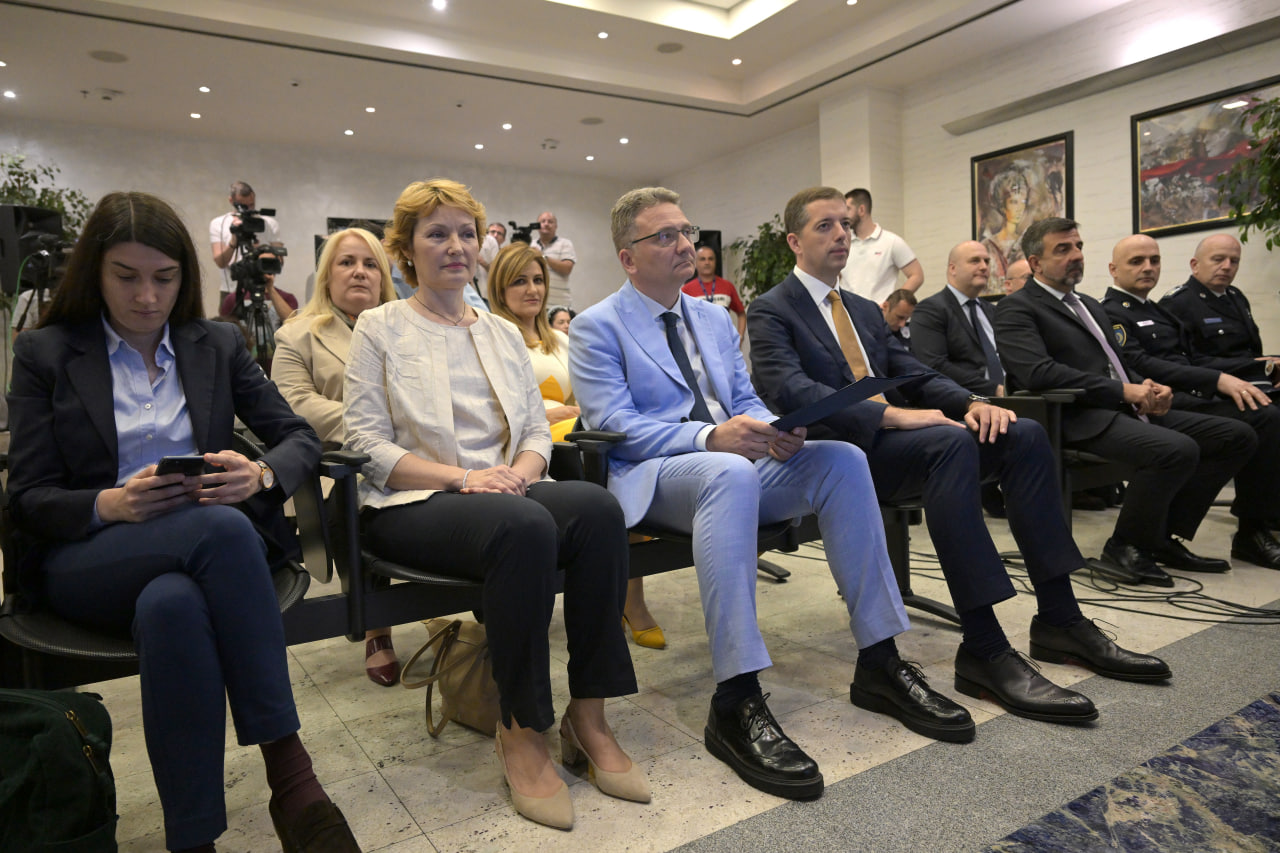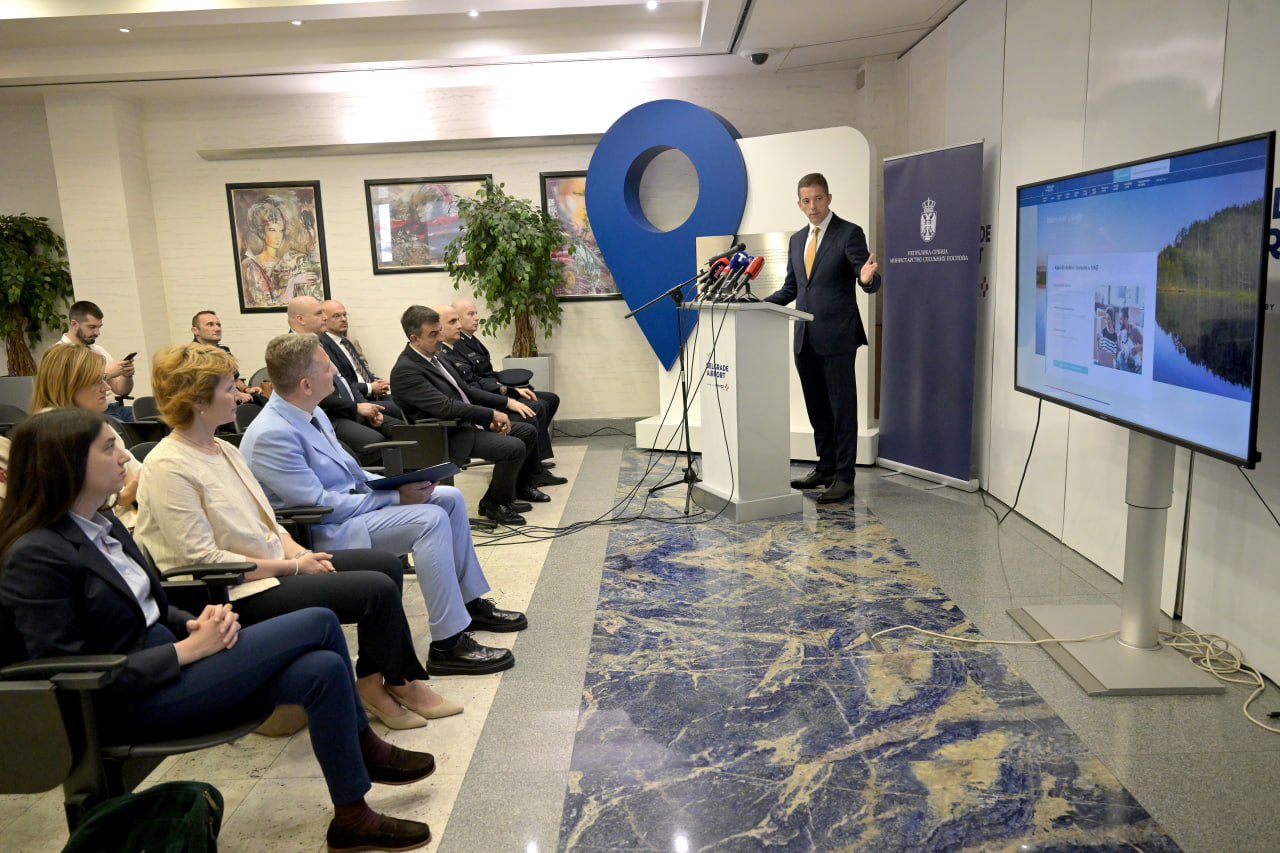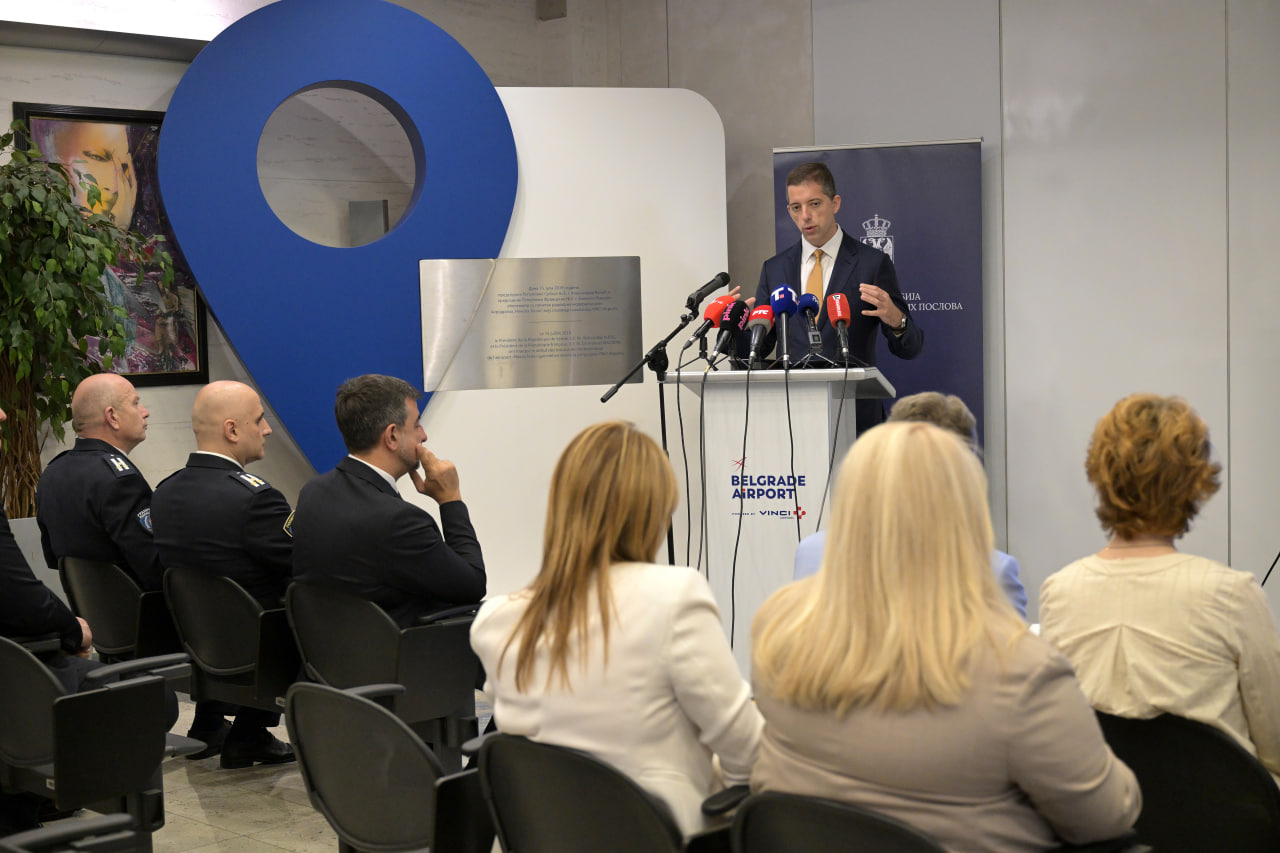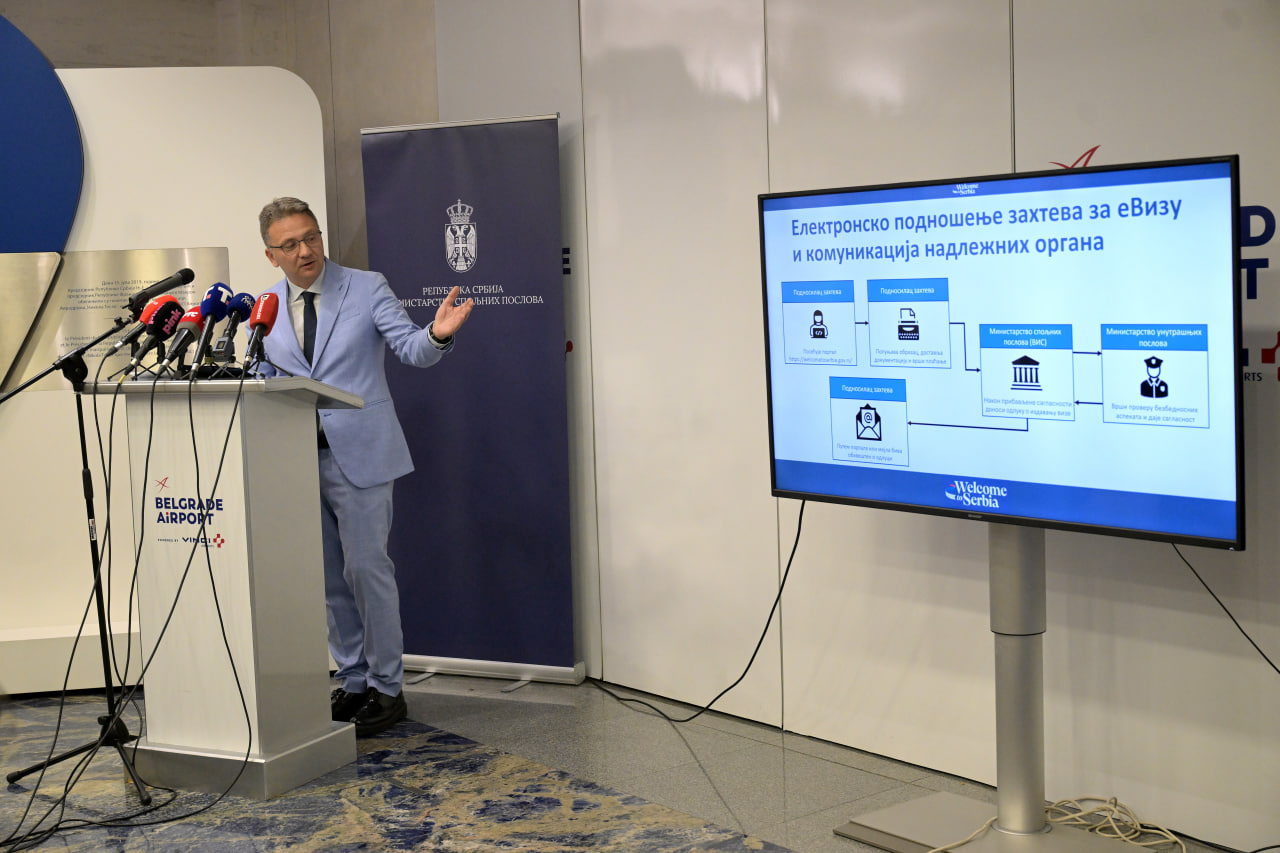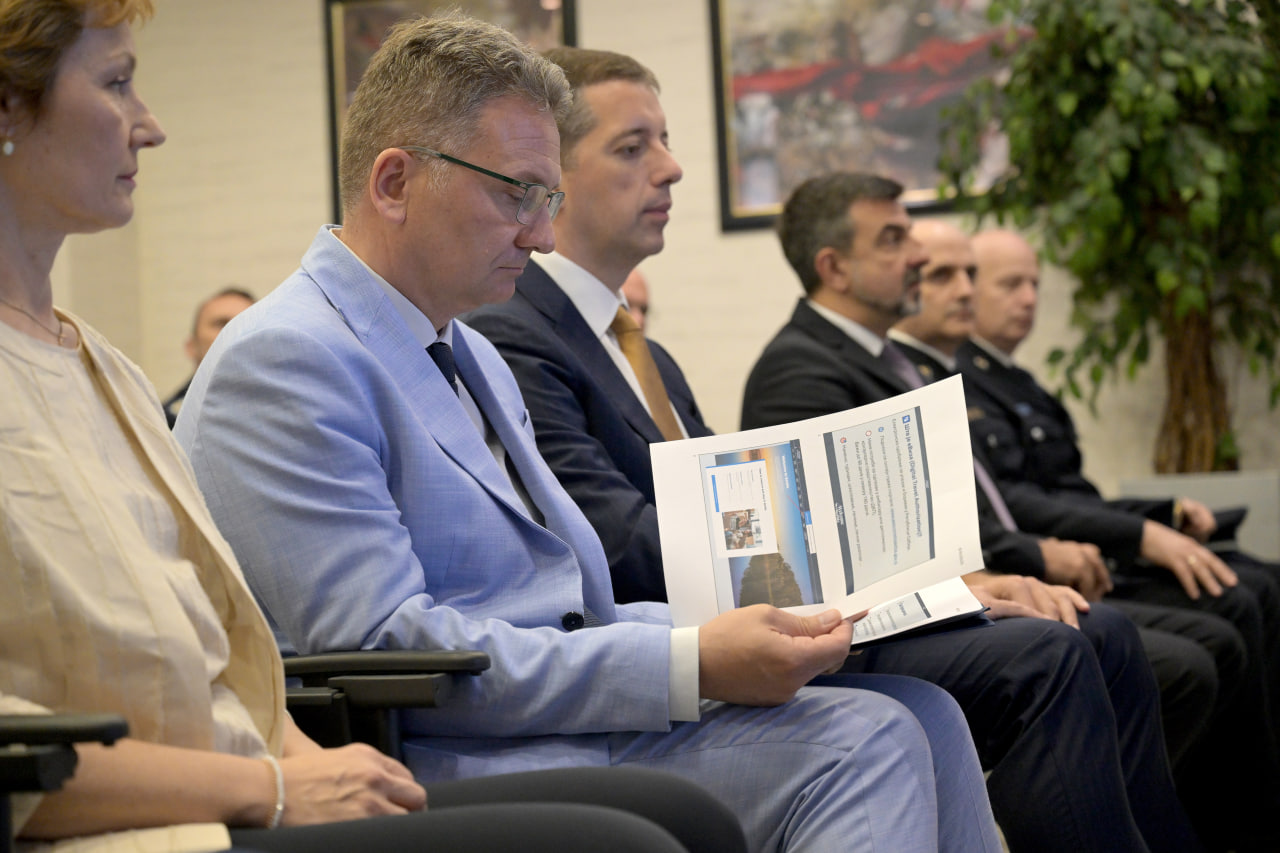Đurić: Serbia has made a quantum leap in visa policy through the introduction of e-visas
Minister Đurić expressed his great satisfaction with the implementation of the e-visa system, which enables nationals of forty-six countries to apply for a Serbian visa through an online portal, without the need to visit a diplomatic or consular mission. As he noted, this represents a significant milestone—a quantum leap—in Serbia’s visa policy and marks a decisive step forward into the 21st century in the domain of public administration.
Minister Đurić extended his appreciation to colleagues from the Office for IT and eGovernment, the Ministry of the Interior, the Ministry of Domestic and Foreign Trade, and the Ministry of Foreign Affairs, whose joint efforts made possible the establishment of a faster and more efficient model for visa issuance. He emphasized that this development will further enhance Serbia’s global outreach and promote its tourism potential, particularly in the context of the upcoming Expo 2027.
“A state that invests strategically in modern technologies, efficiency, and accessibility of public services is one that fulfils its purpose in the most meaningful way—by unlocking its economic and societal potential,” Minister Đurić stated.
He also underscored that, beyond welcoming tens of thousands of additional tourists annually, the e-visa system provides tangible benefits for Serbia’s sizeable diaspora.
Mr. Jovanović explained that applications for e-visas (Type C) are submitted online via the portal welcometoserbia.gov.rs, where applicants enter basic passport data, upload a scanned photograph, and provide their travel itinerary. Upon approval by the competent authorities of the Republic of Serbia, the e-visa is generated in PDF format, and an email notification is sent to the applicant, who may then access and download the electronic visa through the portal.
“When a foreign national arrives in Serbia, an automated electronic check is conducted at the border. Upon scanning the passport, the system immediately verifies the existence of a valid e-visa,” Mr. Jovanović explained.
He particularly emphasized that the key advantage of this service lies in its 24/7 availability, 365 days a year, and the fact that applications can be submitted from anywhere in the world.
“With this initiative, Serbia is demonstrating its leadership in digital public administration, its openness to the world—for tourism, cooperation, and investment—and its commitment to delivering services aligned with European standards. The introduction of e-visas stands as a symbol of our efficiency, hospitality, and openness to all who wish to visit the Republic of Serbia,” Mr. Jovanović concluded.
The first individuals to enter Serbia using e-visas were two passengers from the Kingdom of Lesotho, who were personally welcomed at Nikola Tesla Airport by Minister Đurić, who extended to them a warm greeting on behalf of the Republic of Serbia.
